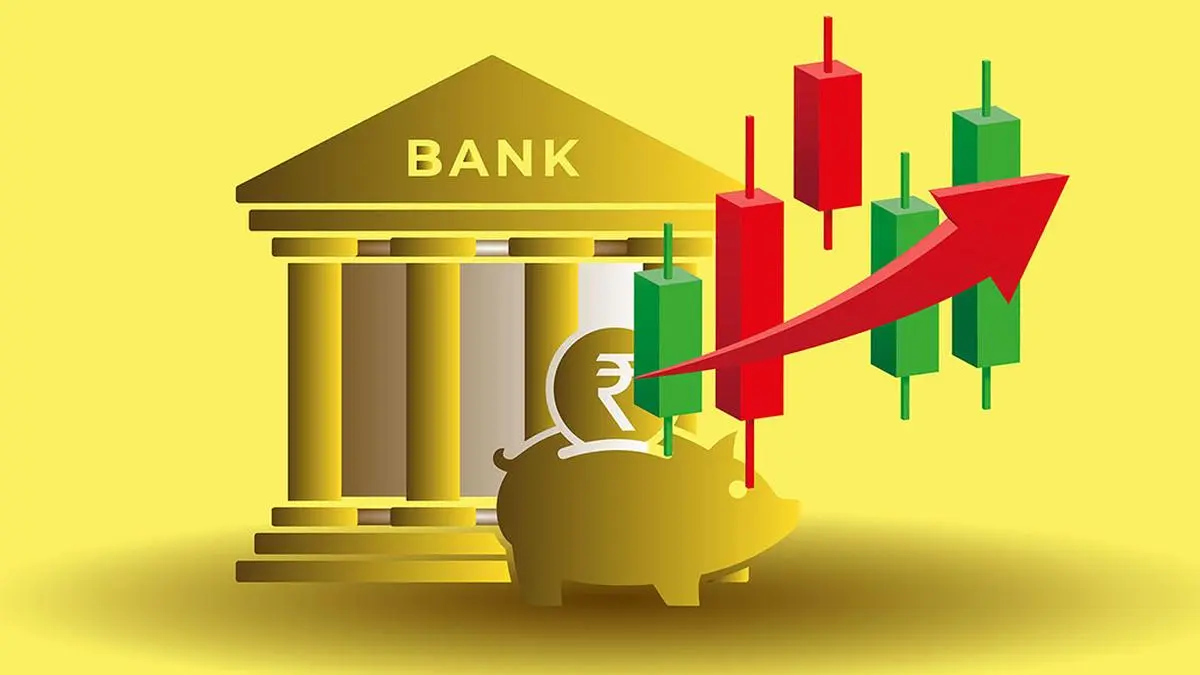HinduBusinessLine
5d
45

Image Credit: HinduBusinessLine
Central banks at a crossroads
- Major central banks like the US Fed and ECB have paused amid policy uncertainty, leading to discussions on forward-looking public policy being countercyclical.
- Central banks face challenges due to asymmetric economic cycles, difficulty in predicting turning points, and the impact of supply shocks and geopolitical risks on growth-inflation forecasts.
- The post-Covid recovery was short-lived, leading to uncertainties in inflation expectations, prompting a debate on whether central banks should adopt reactive or forward-looking monetary policy.
- India's public policy response during the pandemic differed, with the RBI taking the lead and the government emphasizing capex-heavy fiscal consolidation.
- India's economic outlook remains positive, with GDP growth expected to improve, liquidity conditions better, and market confidence in further repo rate cuts by the MPC in April 2025.
- Challenges for India include structural issues like workforce readiness, education quality, low labour productivity, and the need for next-generation reforms in markets to tackle inequality and climate risks.
- The government's focus on promoting sectors like MSMEs and agriculture in the FY26 budget may require supportive monetary policy measures for effective implementation.
- India needs globally competitive interest rates to attract domestic investments, emphasizing the importance of easing finance constraints for pursuing innovations and reforms.
- The formation of a Deregulation Commission and active state participation in market reforms are crucial for enhancing ease of doing business and driving structural changes in India.
- The writer, a former Head of the RBI's Monetary Policy Department, underscores the need for balancing monetary and fiscal policies to address India's developmental challenges and sustain economic growth.
Read Full Article
2 Likes
For uninterrupted reading, download the app